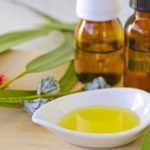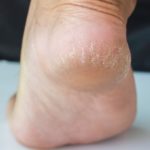Herpes zoster, also known as shingles, is an infection caused by the varicella-zoster virus (VZV), the same virus that causes chickenpox. The first symptom of shingles is usually a burning or tingling sensation, followed by the appearance of fluid-filled blisters on the skin. Some people with shingles may also experience other symptoms such as fever, sensitivity to light, and fatigue.

Although shingles is not life-threatening, severe cases can significantly impact quality of life and lead to dangerous complications if not treated early. To effectively treat shingles at home, you can try some of the following tips, which have shown promising results.
1. Cleanse the affected area daily
Cleansing the blisters daily can help reduce the risk of infection. You can take a cool shower to soothe the skin, as cold water can help relieve pain and itching caused by the blisters. Alternatively, you can mix 1 to 2 cups of finely ground oatmeal or cornstarch into warm bathwater and soak for 15 to 20 minutes.
Note: Avoid using hot water as it can worsen the shingles and blisters by increasing blood flow. After showering, make sure to thoroughly dry your body and wash your towel to prevent spreading the virus to others.
2. Treat shingles at home with herbal essential oils
Essential oils have long been used as natural remedies for various skin conditions. Some essential oils with properties that can help reduce irritation and promote skin healing include:
– Roman chamomile oil: With its anti-inflammatory and antibacterial properties, Roman chamomile oil can improve ulcers and bedsores caused by constant pressure by supporting cell regeneration.
– Lavender oil: With its anti-inflammatory properties, lavender oil can speed up the healing process of ulcers in cancer patients.
– Tea tree oil: With its anti-inflammatory and antibacterial properties, tea tree oil can promote wound healing.
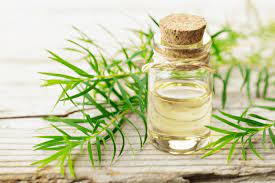
3. Apply cold compress
Cold compress is a simple and effective solution to reduce pain and inflammation caused by shingles. It works by shrinking swollen cells and numbing the nerve fibers around the affected area, inhibiting the transmission of pain signals to the brain.
Method 1: Cold towel compress
Soak a soft towel in water to moisturize it. Then place it in the freezer for about 5 – 10 minutes. Take it out and apply it to the affected area of the skin. Repeat this method multiple times throughout the day whenever the affected area feels painful or uncomfortable.
Method 2: Ice pack
Instead of using a cold towel, you can use an ice pack by wrapping a few ice cubes in a cloth. Apply the ice pack to the area affected by shingles for about 15 minutes. Avoid applying the ice pack directly to the skin, as it can cause a high risk of burning and worsen the condition of the injury.
4. Garlic
Using garlic to treat shingles is also a commonly applied method. The antibacterial properties of garlic extract can effectively eliminate harmful bacteria on the skin and promote effective wound healing.
Procedure:
Peel and finely chop the garlic cloves. Then use the garlic slices to apply to the area that needs treatment. Leave it on for about 15 minutes, then rinse with water. Apply this method consistently every day to achieve effective results.
5. Honey
Honey contains a high level of vitamins A, E, C, antioxidants, and minerals. These combined components can help weaken the virus causing shingles, reduce itching, boost immunity in the skin, and prevent the formation of unsightly scars after the wounds have healed.
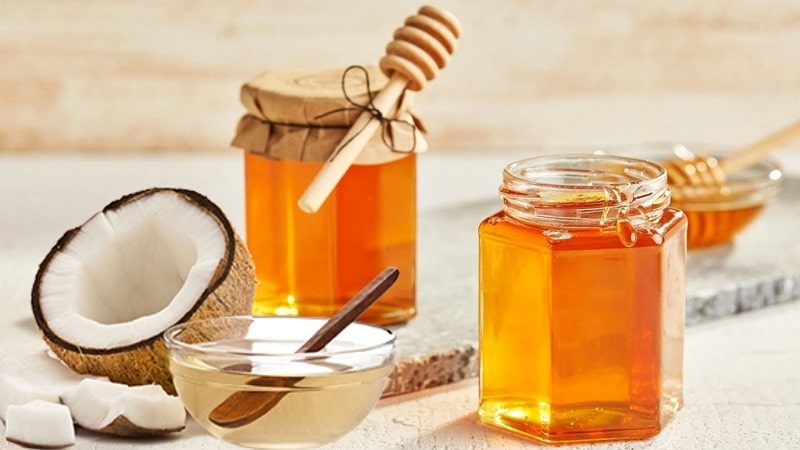
Method 1: Use pure honey
Take an adequate amount of pure honey and apply a thin layer covering the entire affected skin area. Leave it on for about 20 minutes, allowing the honey’s components to absorb into the skin. Repeat the honey application twice a day.
Method 2: Combine honey with coconut oil
Coconut oil is also a well-known natural ingredient with strong antibacterial effects. You can combine these two ingredients to enhance the therapeutic effect by mixing them in a 1:1 ratio. Apply the mixture to the skin and leave it on for 20-30 minutes, then rinse with warm water. Apply twice a day, in the morning and evening.
6. Mung beans
Using mung beans is one of the oldest and most commonly applied remedies for shingles. This method is best done before the blisters have burst.
Procedure: Grind mung beans with a few grains of sticky rice. Add a little water to the mixture and mix well. Use this mixture to apply to the area affected by shingles several times a day.
Note: Do not chew the mung beans and sticky rice mixture to apply, as doing so can greatly increase the risk of infection, even if you have brushed your teeth before the procedure.
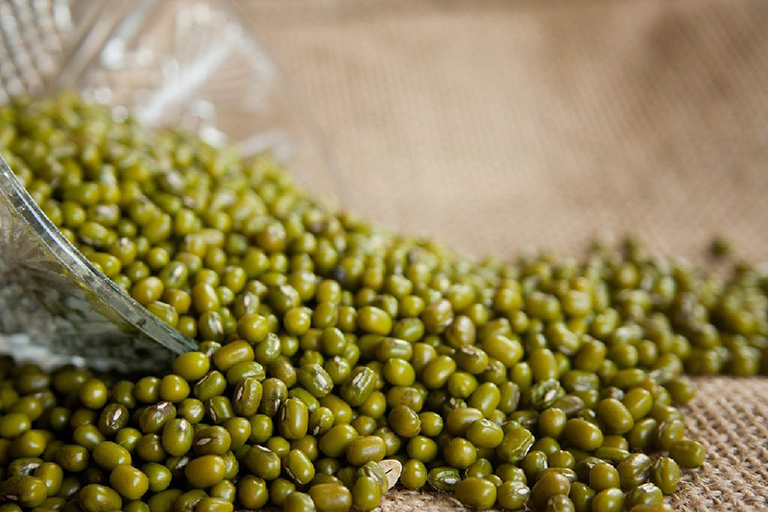
7. Use cornstarch mixture
Another home treatment for shingles is to use cornstarch or baking soda mixed with water to help relieve itching caused by the rash.
Procedure: Pour 2 parts of cornstarch or baking soda into a cup, then add 1 part of water to achieve the desired consistency, mixing the mixture into a paste. Then apply this mixture to the rash area, leave it on for 10 to 15 minutes, and rinse off. You can repeat this procedure multiple times throughout the day as needed.
8. Aloe vera
Aloe vera gel contains a high percentage of water and ingredients such as vitamins B, A, C, E, folic acid, salicylic acid, zinc, magnesium, copper, and over 20 types of amino acids. In addition, aloe vera helps prevent inflammatory reactions, reduce skin itching, and control the spread of infections.
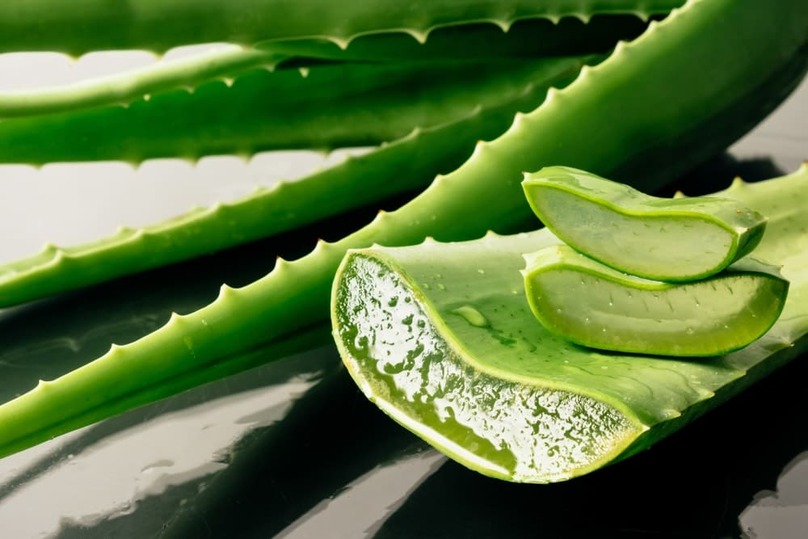
Usage:
Take the aloe vera gel and apply it to the affected skin area 2-3 times a day. In addition, you can boil aloe vera to obtain drinking water to detoxify the skin, helping to heal the disease from the inside.
Source: An Nhiên – Vietnamnet
Exploring the Pros and Cons of Investing in a Foot Massager
Looking to improve your health and wellbeing? A foot massager may be the perfect option for you. You’ll find out in this article who should be using a foot massager, as well as the health benefits it may offer and the precautions to take when purchasing and using one. Read on to learn more about the potential benefits of a foot massager.



